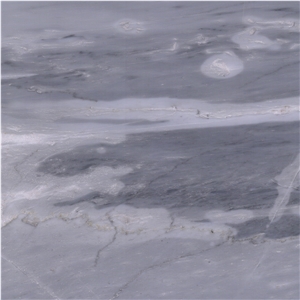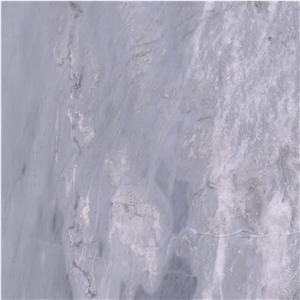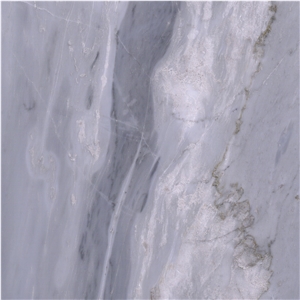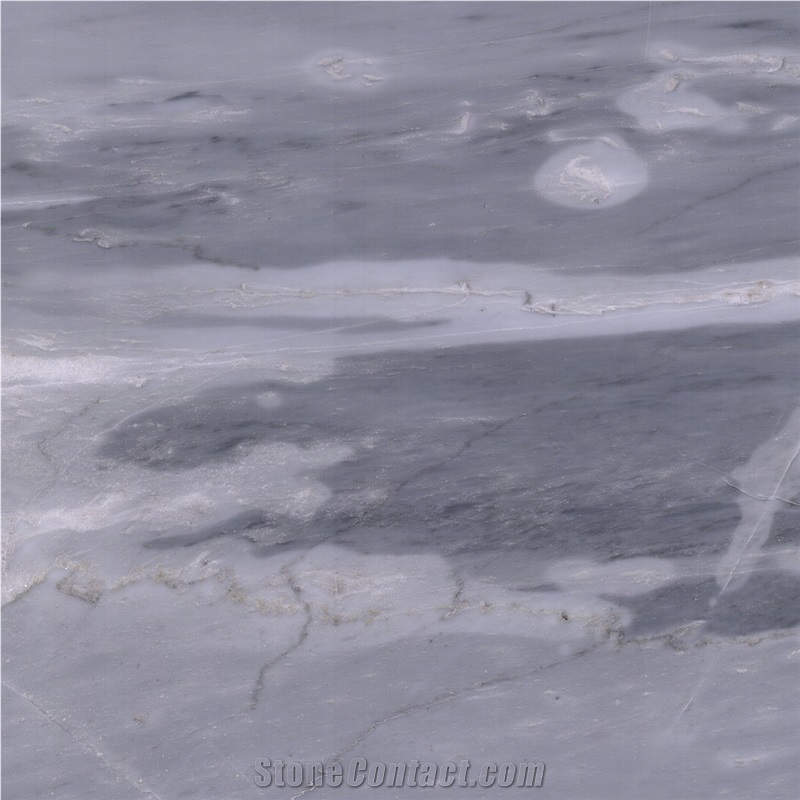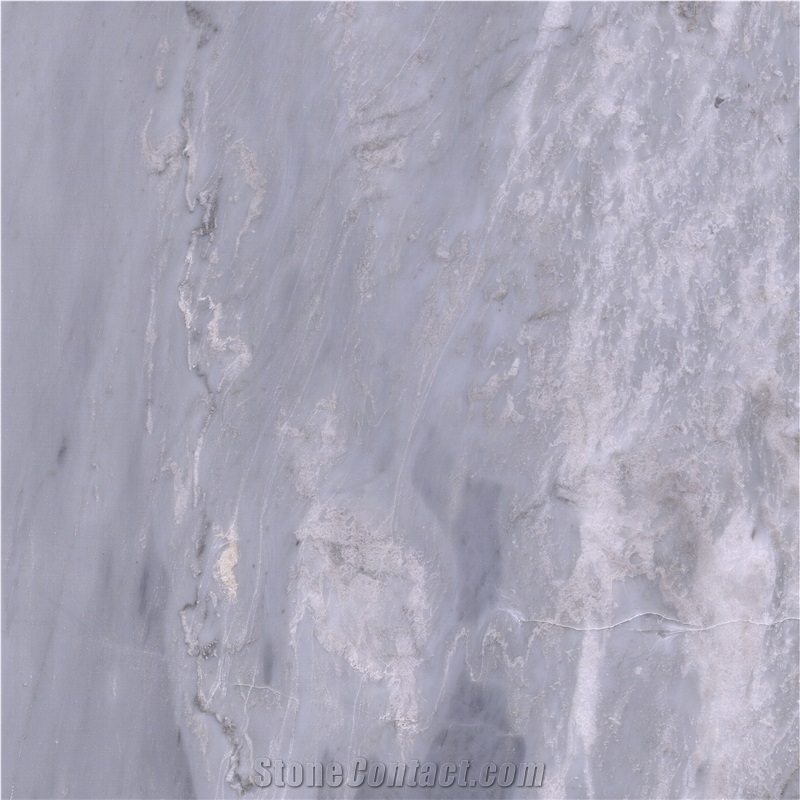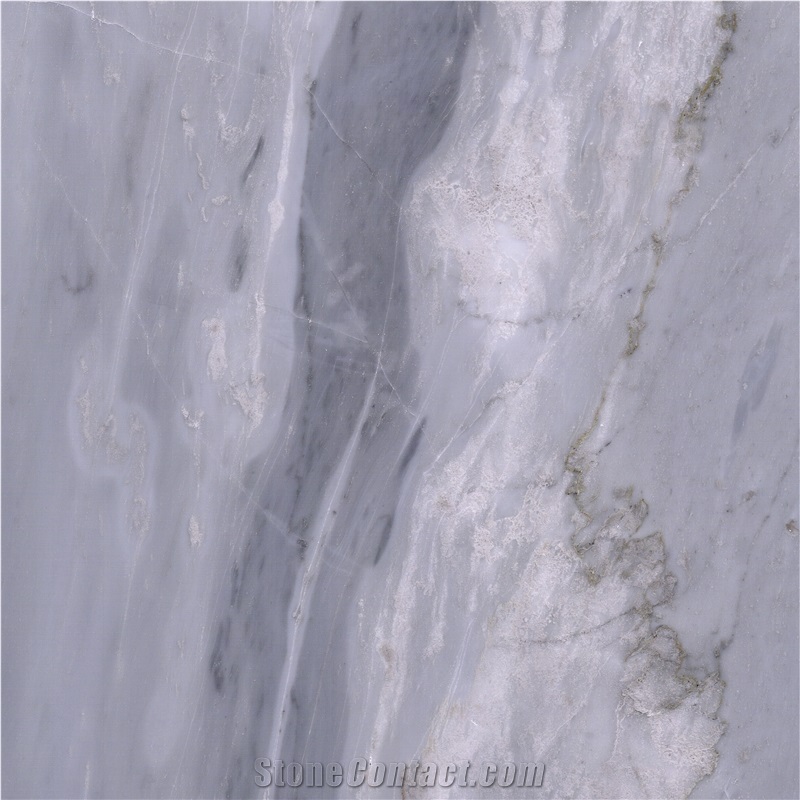Pieta Blu Marble
 Turkey
(Yılanlı Dağı, Mugla)
Turkey
(Yılanlı Dağı, Mugla)
Pieta Blu Marble is a kind of grey-blue marble quarried in Turkey. This stone is especially good for Building stone, sinks, monuments, pool coping, sills, ornamental stone, interior, exterior, wall, floor , paving and other design projects. It also called Pieta Blue Marble . Pieta Blu Marble can be processed into Polished, Sawn Cut, Sanded, Rockfaced, Sandblasted, Tumbled and so on.

Is Pieta Blu Marble table high maintenance?

Is Pieta Blu Marble good for outdoor stairs?

Is Pieta Blu Marble countertop better than quartz countertop?

What are the different types of Pieta Blu Marble relief carving?

What is the difference between calcite marble and dolomite marble?

Is Turkey's Pieta Blu Marble an expensive stone?

How thick is Pieta Blu Marble on a dining table?
The thickness may vary depending on the manufacturer and individual preferences. It is recommended to contact a designer, manufacturer, or retailer who specializes in marble products to inquire about the specific thickness options available for Pieta Blu Marble dining tables.

What grade is Turkey's Pieta Blu Marble?

What is the coefficient of friction of Pickled Turkey's Pieta Blu Marble tiles?

Can Turkey's Pieta Blu Marble be used exterior applications in very humid climates?

Can I seal Pieta Blu Marble table top myself?

Is it good to have a Pieta Blu Marble top for a dining table?

What are the disadvantages of Pieta Blu Marble table?

Can Turkey's Pieta Blu Marble be used in a office?

What is the best tool for Pieta Blu Marble carving?

How can I get my Pieta Blu Marble table to shine again?

What is the average flexural strength of Turkey's Pieta Blu Marble?

What are the 4 categories of Pieta Blu Marble bas-relief?

Can I put hot pan on Pieta Blu Marble table?

How can I clean Pieta Blu Marble stairs?

What is the best way to clean Pieta Blu Marble table tops?

How thick is Turkey's Pieta Blu Marble slabs?

What tools are used in Pieta Blu Marble sculpting?

Are there color variations of Turkey's Pieta Blu Marble?

Does baking soda shine Pieta Blu Marble countertop?

Can Turkey's Pieta Blu Marble be used outdoors?

How often do I need to seal a Pieta Blu Marble table?

Can Turkey's Pieta Blu Marble be used in landscaping?

How thick should a Pieta Blu Marble table top be?

Is Pieta Blu Marble difficult to sculpt?
Pieta Blu Marble is a type of blue-gray marble that is known for its elegance and beauty. It is often used for sculptures, including detailed and intricate ones. While it is generally considered a good marble for sculpting due to its fine grain and smooth texture, the difficulty level might vary depending on the specific design and the skill level of the sculptor. Like any other marble, Pieta Blu Marble can be challenging to work with due to its hardness. It requires specialized tools and techniques, such as chisels and rasps, to shape it into sculptures. The level of difficulty can increase when sculpting complex shapes or achieving intricate details, as any mistakes made during the sculpting process may be irreversible. Sculpting Pieta Blu Marble would typically require an experienced sculptor who is familiar with working with this type of stone and has the necessary skills to handle its hardness. However, the difficulty ultimately depends on the specific design and the sculptors expertise.

Can Pieta Blu Marble be used as a table top?
-

-

-

-

Xiamen Dingjun Trading CO., LTD
 China
China
 6YRDiamond members are premium members on platform, providing members with comprehensive approach to promoting their products, increasing products exposure and investment return to maximize.
6YRDiamond members are premium members on platform, providing members with comprehensive approach to promoting their products, increasing products exposure and investment return to maximize.
 Verified Supplier is for prove company authenticity,including business license,trade license and effective office space,to enhance buyers' trust to suppliers and their products, reducing communication costs.
Verified Supplier is for prove company authenticity,including business license,trade license and effective office space,to enhance buyers' trust to suppliers and their products, reducing communication costs.
Contact Supplier
The request includes: 1. surface finished, size 2. quantity required






